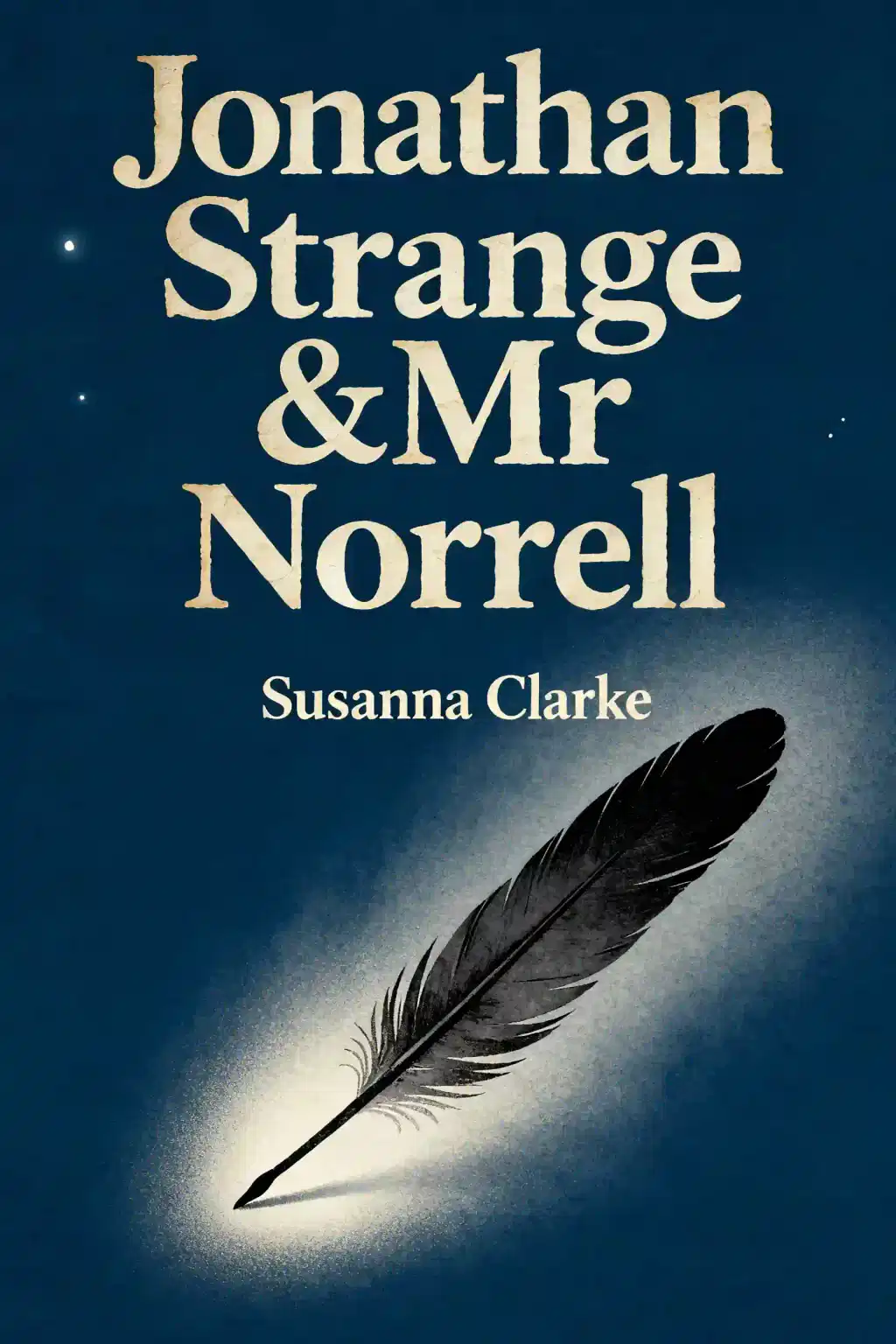What is
Analysis Without Paralysis by Babette E. Bensoussan about?
Analysis Without Paralysis provides a practical guide to 10 essential business analysis tools, such as SWOT, Porter’s Five Forces, and the BCG Matrix, to help managers make data-driven strategic decisions. The book simplifies complex frameworks into actionable steps, avoiding advanced math or theory, and includes real-world case studies to illustrate their application.
Who should read
Analysis Without Paralysis?
This book is ideal for managers, consultants, and business owners seeking to improve strategic planning without technical jargon. It’s particularly valuable for those new to business analysis or professionals needing a refresher on core tools like market positioning and competitor evaluation.
Is
Analysis Without Paralysis worth reading?
Yes, it’s praised for distilling complex analytical methods into accessible, step-by-step processes. Readers gain actionable insights for product prioritization, risk assessment, and competitive strategy, making it a useful reference for decision-makers across industries.
What are the key analysis tools covered in
Analysis Without Paralysis?
The book explains 10 tools, including:
- BCG Matrix: Categorizes products by market growth and share (Stars, Cash Cows, etc.).
- SWOT Analysis: Evaluates strengths, weaknesses, opportunities, and threats.
- Porter’s Five Forces: Assesses industry competitiveness.
- Scenario Planning: Anticipates future market shifts.
How does the FAROUT method improve analysis?
Developed by Bensoussan and Fleisher, the FAROUT© framework evaluates which tool to use based on factors like focus, accuracy, and time efficiency. It helps analysts select the right method for specific challenges, avoiding overcomplication.
Can
Analysis Without Paralysis help small businesses?
Absolutely. The book’s pragmatic approach to tools like value chain analysis and win/loss evaluations aids small businesses in resource allocation, competitor analysis, and identifying growth opportunities without requiring large datasets.
How does
Analysis Without Paralysis compare to other strategy books?
Unlike theory-heavy texts, it prioritizes simplicity and practicality. It complements classics like Competitive Strategy by Porter but stands out for its hands-on guidance and real-world examples.
What real-world applications are included in the book?
Case studies demonstrate tools in action, such as using the BCG Matrix to prioritize product investments or SWOT to navigate market disruptions. These examples bridge theory and practice for diverse industries.
Who is Babette E. Bensoussan?
Bensoussan is a management consultant and co-author of multiple books on competitive intelligence. With over 20 years of experience, she advises Fortune 500 companies and SMEs on strategic planning and market analysis.
What criticisms exist about
Analysis Without Paralysis?
Some note the book serves as an introductory primer rather than a deep dive. Advanced analysts may find the tools oversimplified, but it excels as a quick-reference guide for foundational methods.
How does the book address analysis paralysis?
It emphasizes selecting the right tool for each problem and applying frameworks iteratively. By focusing on actionable insights over perfection, readers avoid overanalyzing data and stall decision-making.
Are templates or resources available for the tools mentioned?
Yes, the authors offer downloadable PDF templates for SWOT, scenario analysis, and other tools on the book’s website, enabling immediate implementation in strategic planning.















